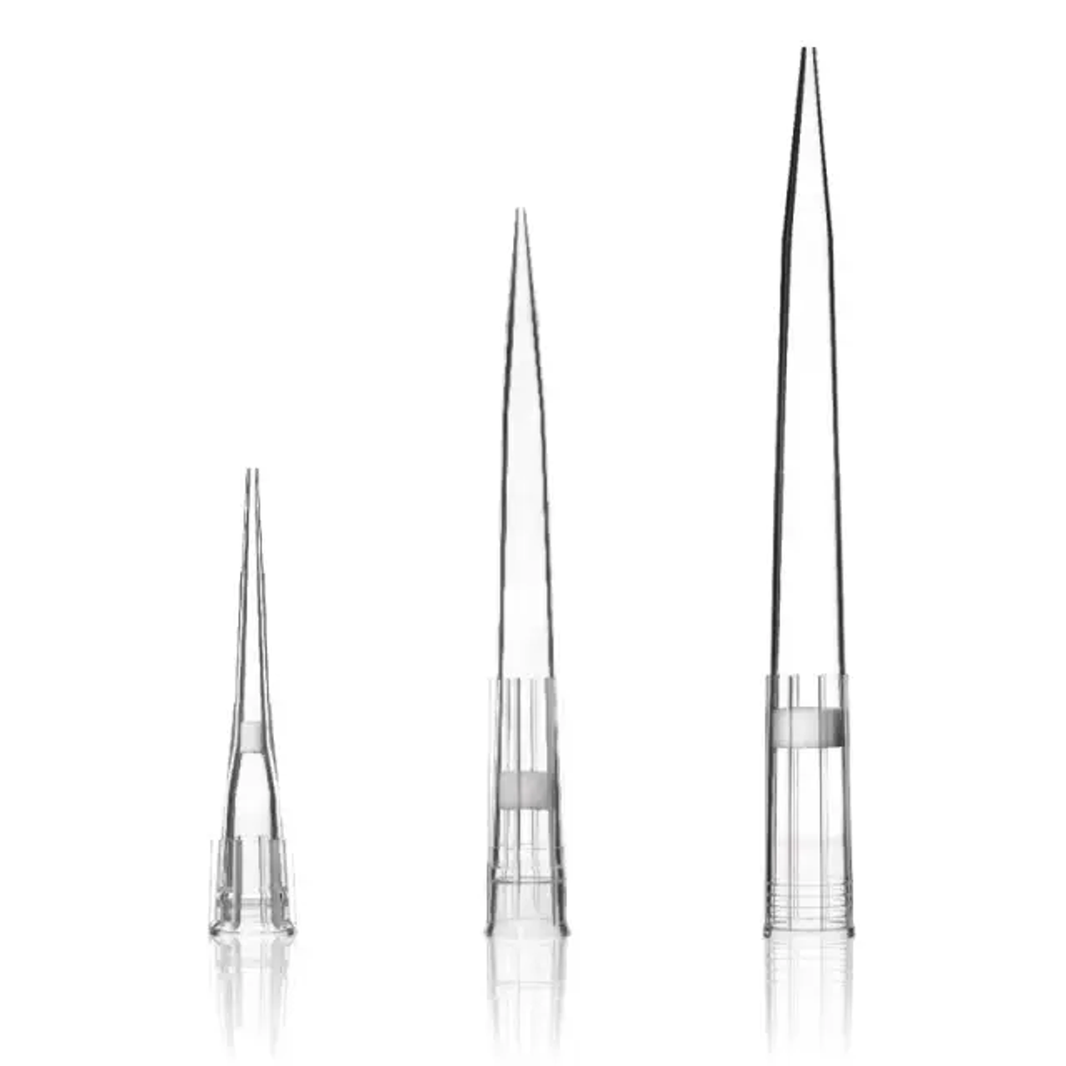PET28A SUMO plasmid 2 ug
Introduction
The pET28a-SUMO plasmid is a specialized derivative of the pET-28a(+) vector backbone that integrates a N-terminal 6×His-SUMO fusion tag upstream of the multiple cloning site (MCS). This design facilitates high-level expression, solubility enhancement, and site-specific proteolytic removal of fusion tags. The system is widely used for difficult-to-express or aggregation-prone proteins in Escherichia coli, particularly in structural biology, functional protein studies, and high-throughput protein screening.
Vector Backbone Architecture: pET-28a(+)
| Feature | Description |
|---|---|
| Promoter | T7 promoter under lac operator (T7/lacO), inducible by IPTG |
| Selectable Marker | aph gene conferring kanamycin resistance (KanR), 50 µg/mL |
| Origin of Replication | ColE1 (high-copy number, ~40–50 copies/cell) |
| MCS | NcoI, NdeI, BamHI, EcoRI, HindIII, XhoI, NotI, etc. |
| Fusion Tags | N-terminal His₆-tag and SUMO tag, both upstream of the MCS |
| Terminator | T7 transcriptional terminator downstream of the MCS |
| Size | ~5.4–5.6 kb (vector size varies slightly with tag insertion and MCS configuration) |
SUMO Tag Mechanism and Utility
SUMO (Small Ubiquitin-like Modifier) Tag
- ~11.2 kDa in size (101 amino acids from Saccharomyces cerevisiae SMT3)
- Enhances solubility, folding efficiency, and protease protection in bacterial cytoplasm
- Functions as a chaperone-like fusion partner
- Does not require additional linker or cleavage recognition sequence
Proteolytic Cleavage by SUMO Protease (Ulp1)
- SUMO-specific protease Ulp1 recognizes the tertiary structure of SUMO and cleaves exactly at the C-terminus of the tag
- Leaves no residual amino acids on the N-terminus of the target protein
- Cleavage occurs under mild, non-denaturing conditions (e.g., 20 mM Tris-HCl, 150 mM NaCl, pH 8.0)
Expression System Compatibility
- Optimized for BL21(DE3) and Rosetta(DE3) strains containing the T7 RNA polymerase gene under control of lacUV5
- Compatible with Lemo21(DE3) for tunable expression
- Expression is induced by IPTG at 0.1–1 mM final concentration
- Preferred expression temperature: 16–25°C to reduce misfolding and inclusion body formation
Protein Purification Workflow
- Lysis: Lysozyme or sonication in native buffer, e.g., 20 mM Tris, 300 mM NaCl, 10 mM imidazole
- Affinity Purification: Ni-NTA or cobalt-based IMAC via His₆-tag
- Protease Cleavage: Addition of Ulp1 SUMO protease (typically 1:100 w/w enzyme:target) at 4–25°C for 2–16 hrs
- Second IMAC: Flow-through contains tag-free protein (no His-tag), while tag and Ulp1 (His-tagged) bind to the column
- Polishing Step: Gel filtration or ion exchange chromatography for final cleanup
Applications
| Field | Use Case |
|---|---|
| Structural Biology | Crystallography and cryo-EM studies of human, viral, or parasitic proteins |
| Enzyme Kinetics | Soluble and active enzymes for biochemical assays |
| Immunology | Production of antigens for antibody generation or diagnostic assay development |
| Vaccine R&D | Expression of viral capsid proteins or subunits in mRNA or protein-based vaccine research |
| Synthetic Biology | Modular synthetic pathway construction with reliable expression and protease removal |
Advantages over Other Tags
| Feature | SUMO Tag | GST Tag | MBP Tag |
|---|---|---|---|
| Solubility Boost | High (especially for eukaryotic proteins) | Medium | High |
| Cleavage Precision | Ulp1 – exact, scarless | Thrombin – variable cleavage | Factor Xa – can leave residuals |
| Size | ~11 kDa | ~26 kDa | ~42 kDa |
| Expression Yield | High | High | Moderate |
Limitations and Considerations
- Toxic or membrane-bound proteins may still require codon optimization or chaperone co-expression
- Codon bias in E. coli should be accounted for; use of Rosetta(DE3) strains recommended for AT-rich eukaryotic sequences
- SUMO-fused proteins may form oligomers depending on target folding properties
- Protein of interest must not contain internal SUMO cleavage sites unless verified
Protocol Optimization Tips
- Use 0.5 mM IPTG and express at 18°C overnight for maximum solubility
- Optimize lysis with DNase I + MgCl₂ to reduce viscosity
- Confirm cleavage via SDS-PAGE and western blot against SUMO or His-tag
- Remove Ulp1 by reverse IMAC or size exclusion chromatography if required
The Universal Fit-Neptune 0.5–10 µL XL pipette tips are extra-long tips made from pure polypropylene for accurate handling of very small liquid volumes. They are built to fit most common pipette brands and deliver precise transfer between 0.5 and 10 microliters. The XL length allows access to deep or narrow tubes without contamination from contact with the tube walls. The inner surface is very smooth to prevent liquid from sticking inside the tip, which helps reduce sample loss. These tips are available with or without aerosol barriers and come in sterile or non-sterile formats. Sterile tips are certified free of RNase, DNase, pyrogens, and ATP. They can be autoclaved without melting or warping. The tips come in rack, bulk, or reload packaging and are designed for consistent fit and secure sealing on most pipettes.


